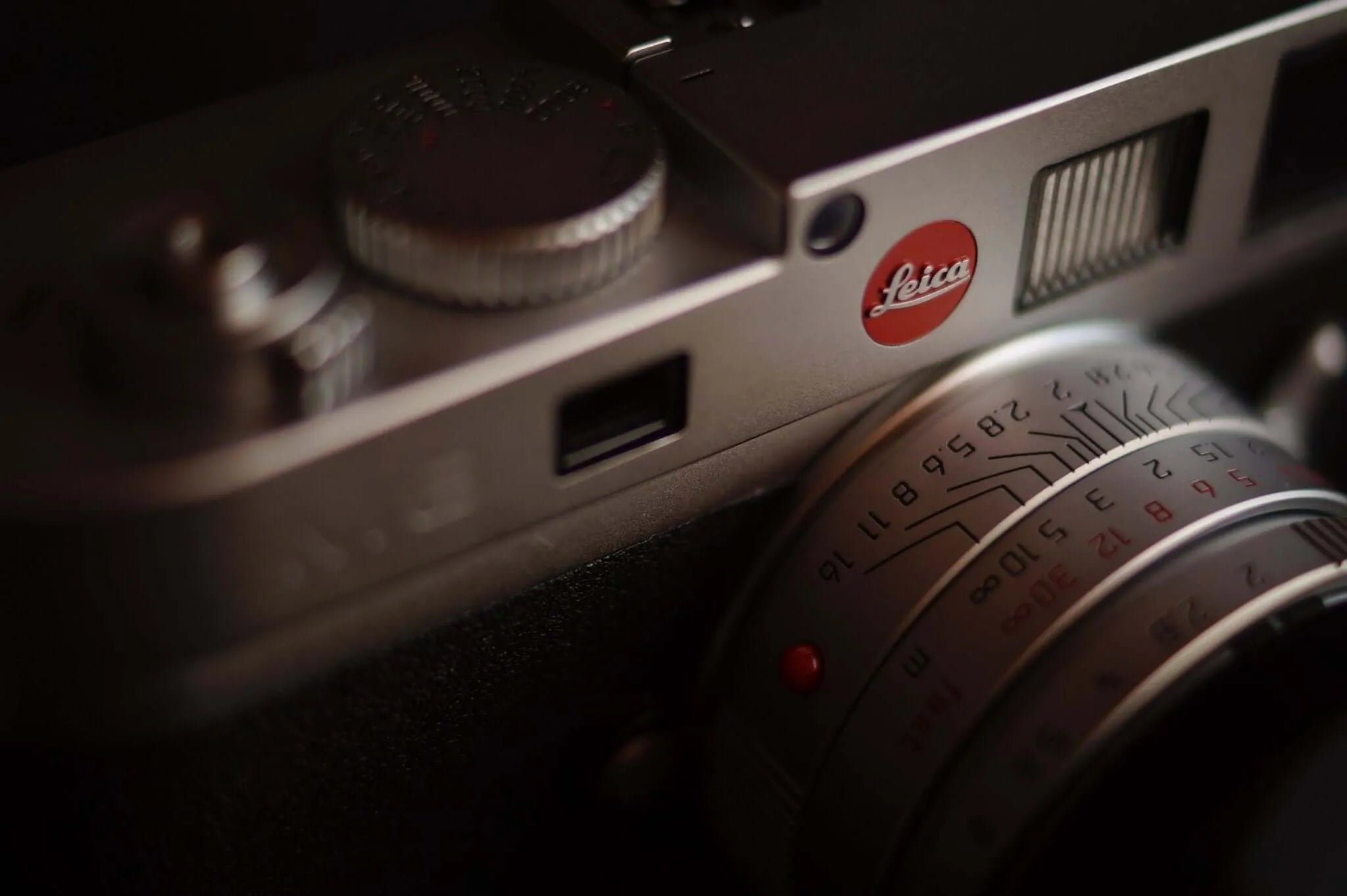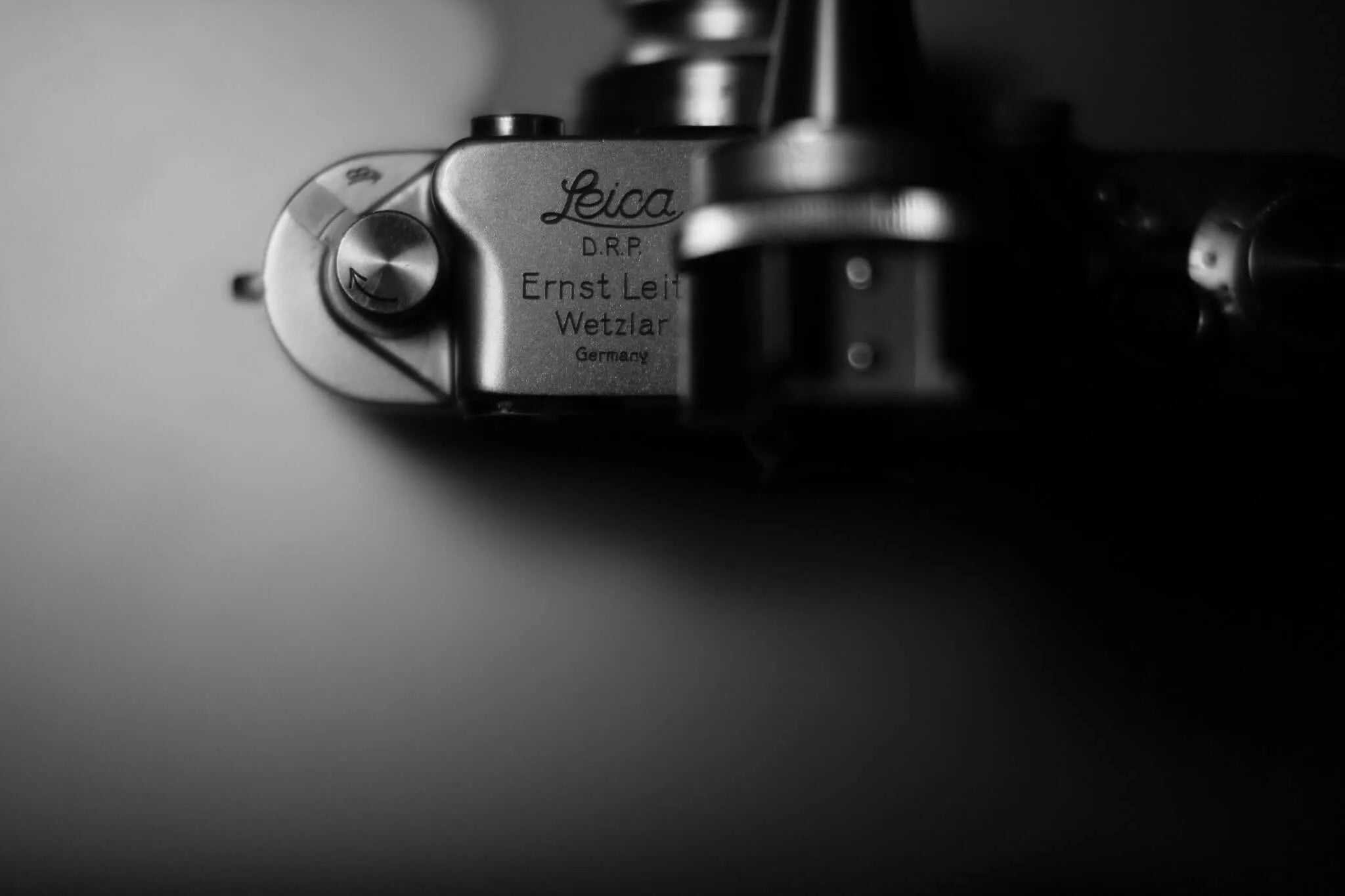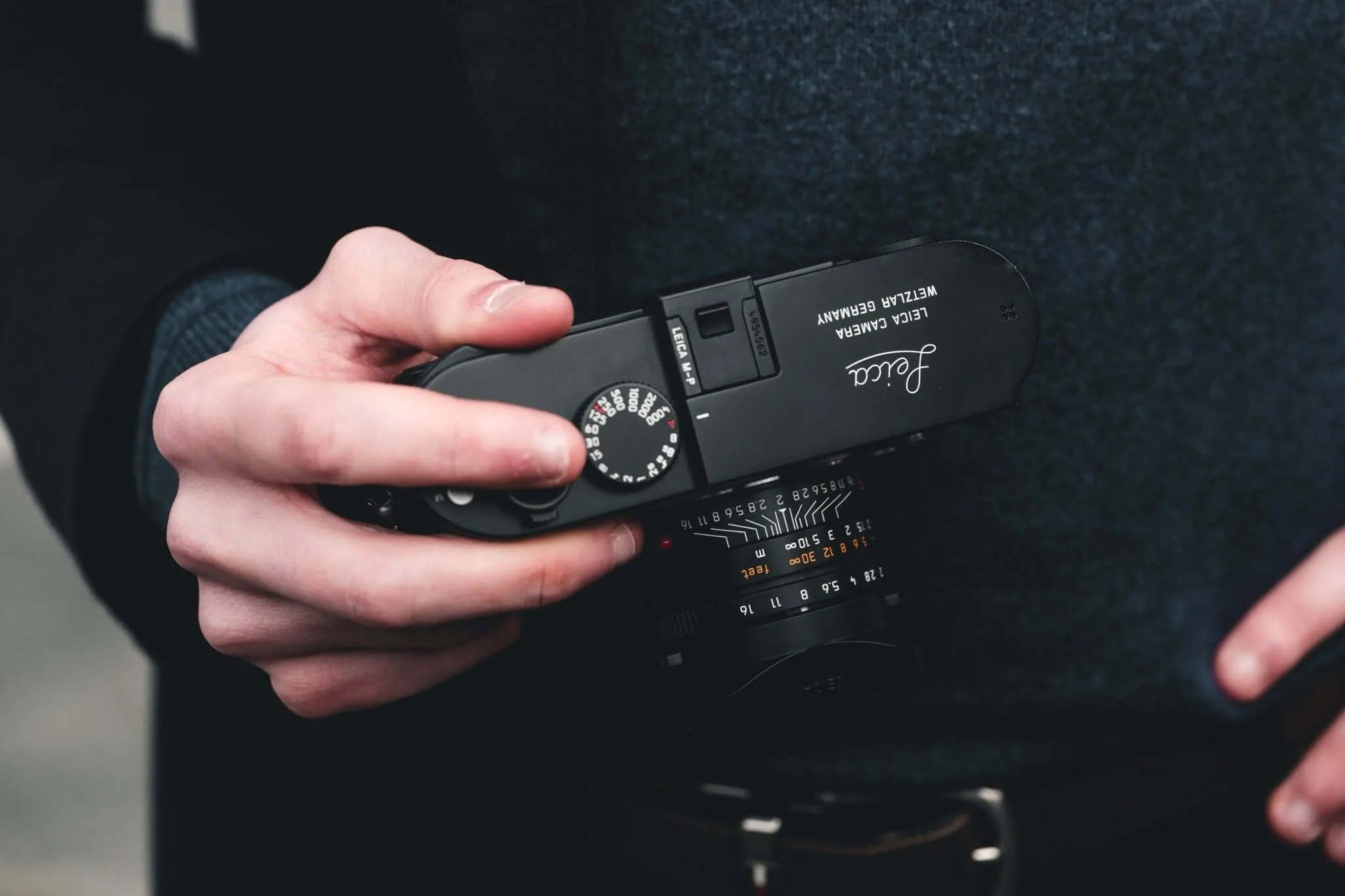
The History of Leica Kamera AG
Developed as a "Lilliputian," the handy little Leica camera quickly achieved worldwide fame and is still held in high esteem by professional and amateur photographers alike. amateur photographers alike. Let's take a closer look at how it came to be and why it changed the world of photography forever.
Birth of a new photography
The story of the now world-famous camera manufacturer Leica Kamera AG, whose unique new photo camera would revolutionize the world of photography and leave its mark for a long time to come, began in the Hessian town of Wetzlar, where the company headquarters are still located today. At that time, Optische Werke Leitz, where the ingenious invention of the Leica camera was made, specialized in a completely different field, namely microscopes and binoculars.
Leica, whose name is derived from the abbreviation Leitz(sche) Camera, owes its birth not only to the company owner and photographer Ernst Leitz II, but also to a man who is said to have been able to feel hundredths of a millimeter deviations with his fingertips.
You will find the right camera bag for your equipment and everything you need to protect your camera in our Oberwerth Shop.. From classic camera bags modern sling bags up to noble photo-beachers and backpacks and backpacks. Of course you will also find hand straps and shoulder straps. Finest craftsmanship from the best materials. Feel free to browse around and find the bags & accessories that best suit you and your equipment!
Otto von Barnack, a developer employed by Leitz-Werke, was an avid amateur photographer with a great love of nature. His inventive ambition was stimulated by his desire to capture on film the beautiful sights and experiences of his hikes. Since von Barnack suffered from asthma, it was impossible to transport the bulky and heavy photographic equipment that was common at the time on his expeditions. So the amateur photographer tinkered with a model for a handy, small camera until he came up with the Ur-Leica in 1914. He presented the prototype, christened the "Lilliputian" because of its unusually small size, to Ernst Leitz, who tested it extensively during a visit to Manhattan, New York, and took pictures with it that are still preserved today.
What makes the Leica special
In order to achieve the previously unheard-of size of 53 millimeters by 28 millimeters with a width of 128 millimeters, inventor Otto von Barnack used a trick: Instead of running the film vertically, as was the case with commercially available cameras at the time, he had it run horizontally behind the lens in his Ur-Leica. In combination with 35 millimeter motion picture film, this innovation allowed negative formats to be increased from 24 to 36 millimeters, thus improving image quality.
Another special feature of the Leica was its particularly fast shutter speed, which made truly spontaneous images possible in the first place. It is not for nothing that the Leica still has a particularly good reputation today when it comes to natural images, snapshots and street photography. At the time of its invention, the camera also had the advantage that the accompanying film was relatively affordable, so that photography with the Leica was not just a professional matter, but also became accessible to amateur photographers.
The first photographs of Manhattan that Ernst Leitz took on a trial basis with the original Leica show amazed faces of passers-by. This is not surprising when one considers that the Leica had nothing in common with cameras in use at the time and that laypeople might not even have recognized it as a camera.
The First World War initially prevented further development of the prototype, and it was not until ten years later, in June 1924, that the first Leica went into series production. This improved version of the Ur-Leica represented a rather expensive camera at the time, and so neither Ernst Leitz nor his team were prepared for its great success. Production numbers nearly doubled in the second year after its launch and the company flourished.
After the first Leica
In addition to the Leica I, whose sales figures rose steadily, the Leica Kamera AG also developed the first slide projector for the 35mm format in 1926. Since the company was able to survive the Second World War largely unscathed, production was resumed a short time later. Before the end of the war, the company had already opened a production facility in New York, and in 1952 it added another plant in Ontario, Canada. Ontario, Canada.
The first Leica model, the Leica I, was replaced by the Leica M3 in 1954. This new model had little in common with its predecessor and was distinguished primarily by a completely new rangefinder that displayed the image almost life-size. The new Leica M also offered adjustable light frames and a redesigned, much quieter shutter than its predecessor.
By 1966, the company had manufactured and sold one million cameras. The company structure underwent repeated changes with acquisitions and mergers in the years that followed, and in 1996 it was floated on the stock market, offering its first digital camera in 1998 in cooperation with Fuji.
Famous photos with the Leica
Some of the most famous photographs in photographic history were taken with Leica models. Famous photographers such as Henri Cartier-Bresson, Sebastião Salgado and Joel Meyerowitz took up the Leica. The raising of the Soviet flag over the Reichstag in Berlin after the Allied victory was captured for history with a Leica. Likewise, it was a Leica that captured on film a U.S. sailor kissing a young nurse in the middle of the street in New York out of joy and relief after Japan's surrender. But also children burned by napalm during the Vietnam War and the bold-looking South American revolutionary Che Guevara, they are all vividly before our eyes thanks to the handy little camera.
For decades, the Leica has been as much a part of photography as dribbling is to soccer, and today, with its discreet, timeless design and unique quality, it remains a camera for life. Enthusiasts appreciate the three-dimensionality, the good bokeh, and the sharpness that Leica cameras still offer. Famous photographers continue to rely on the camera and take extraordinary photos. Read more about their work and the people behind the camera in this text.
Sign up now for our newsletter and receive regular updates updates on our blogs, products and offers! After successful registration you will also receive a 10% voucher for the Oberwerth Online Shop!

